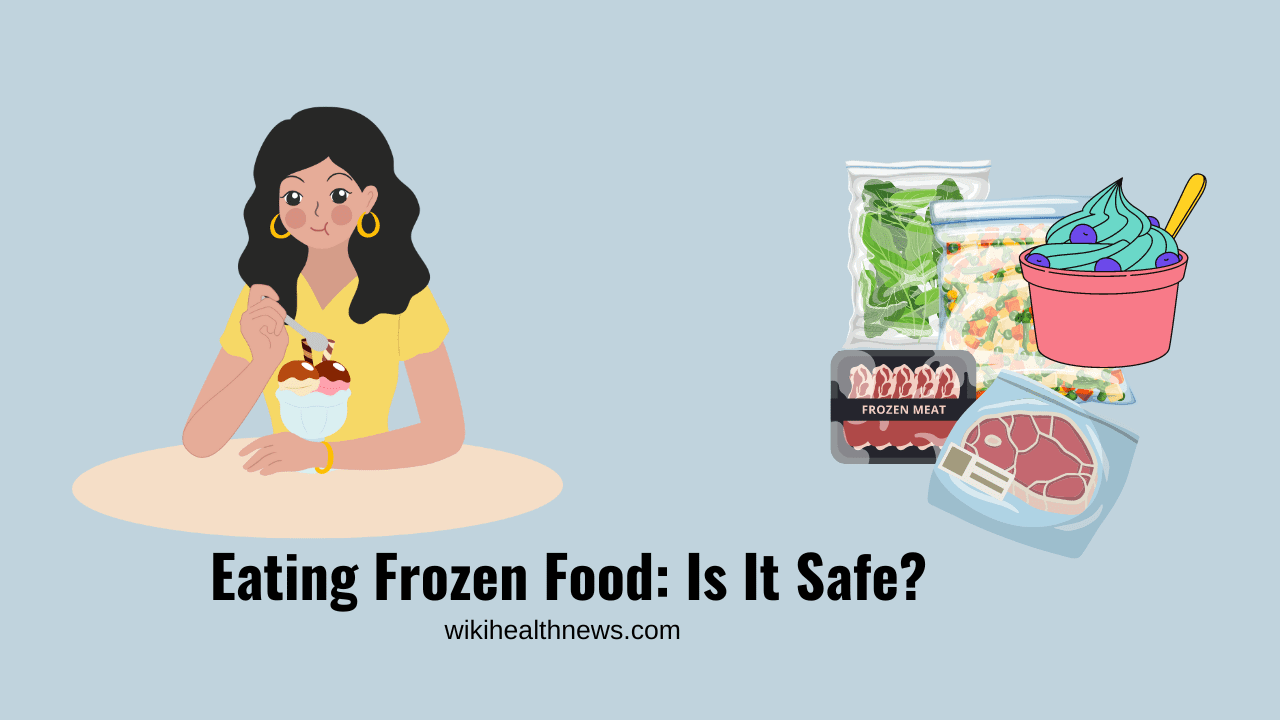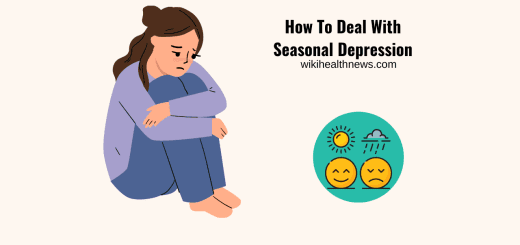Pros and Cons of Eating Frozen Food: A Comprehensive Guide

In our fast-paced world, frozen food has become a staple in many households. With convenience and variety, frozen meals and ingredients offer a quick solution to meal prep. However, like anything, there are both benefits and drawbacks to consider. In this article, we’ll explore the various aspects of eating frozen food, helping you make informed decisions about your diet.
The Benefits of Eating Frozen Food
1. Convenience
One of the most significant advantages of frozen food is convenience. Busy schedules often leave little time for cooking, and frozen meals can be a lifesaver. With a quick microwave or oven heating, you can enjoy a nutritious meal in minutes. This convenience can be particularly beneficial for families with children, professionals with demanding jobs, or anyone looking to simplify meal prep.
2. Long Shelf Life
Frozen foods have a much longer shelf life compared to fresh produce and perishable items. This extended shelf life reduces food waste, allowing you to stock up on your favorite meals without worrying about them spoiling quickly. Items like frozen fruits, vegetables, and meats can be stored for months, making it easier to maintain a well-stocked kitchen.
3. Nutritional Value
Contrary to popular belief, frozen foods can be just as nutritious as fresh options. Many fruits and vegetables are frozen shortly after harvest, which helps preserve their vitamins and minerals. Studies have shown that frozen produce often contains similar or even higher nutrient levels compared to fresh produce that has been stored for several days.
4. Cost-Effectiveness
Frozen foods can be more budget-friendly than their fresh counterparts. Bulk buying frozen items can lead to significant savings, especially when purchasing seasonal fruits and vegetables out of season. This affordability makes it easier to maintain a balanced diet without breaking the bank.
5. Variety and Availability
Frozen food options are abundant and diverse. From frozen fruits and vegetables to meals representing various cuisines, the variety can help keep your diet exciting. You can find everything from frozen organic options to ethnic dishes, making it easy to explore new flavors without the need for extensive meal planning.
6. Portion Control
Frozen meals often come in single-serving sizes, making it easier to manage portion sizes. This can be especially helpful for individuals looking to maintain a healthy weight. By controlling portions, you can enjoy your favorite meals without overindulging.
The Drawbacks of Eating Frozen Food
1. Added Ingredients
While many frozen foods are nutritious, some may contain added preservatives, sodium, and unhealthy fats. Processed frozen meals often have high levels of sodium to enhance flavor and preserve shelf life, which can be detrimental to your health. Always check labels to ensure you’re choosing healthier options.
2. Texture and Flavor Changes
Freezing can alter the texture and flavor of certain foods. For example, some vegetables may become mushy upon thawing, which can affect your overall dining experience. While this is less of an issue for meals that are cooked from frozen, it can impact raw items like fruits and vegetables when thawed.
3. Less Freshness
Although frozen foods retain much of their nutritional value, they may lack the freshness and taste of freshly prepared meals. The experience of biting into a crisp, fresh vegetable or enjoying the aroma of a home-cooked dish can sometimes be lost when relying on frozen alternatives.
4. Dependence on Processed Foods
Relying heavily on frozen meals can lead to a diet rich in processed foods, which may lack essential nutrients. Regularly consuming frozen, pre-packaged meals can result in deficiencies in vitamins and minerals, as well as an increased risk of chronic diseases. It’s essential to balance frozen meals with fresh ingredients whenever possible.
5. Environmental Impact
The production and transportation of frozen foods often require significant energy, contributing to a larger carbon footprint compared to fresh, local produce. If you are environmentally conscious, it’s worth considering the sustainability of your food choices, including the impact of frozen items.
6. Limited Cooking Skills
Relying on frozen meals may lead to a decline in cooking skills. When individuals depend on pre-packaged meals, they may miss out on the joys and benefits of cooking from scratch, including creativity in the kitchen and the ability to customize meals to your taste.
Frozen Foods Nutritional Overview
Frozen Food Calories Protein (g) Carbohydrates (g) Fat (g) Fiber (g) Sugars (g) Frozen Vegetables 50-80 3-5 10-15 0-1 4-6 1-3 Frozen Fruit 70-100 1-2 15-25 0-1 3-5 10-20 Frozen Pizza 300-400 12-20 30-50 10-20 2-4 5-8 Frozen Chicken Breasts 120-200 25-35 0-5 2-7 0 0 Frozen Fish 150-250 20-30 0-5 5-15 0 0 Frozen Potatoes 100-200 2-4 25-40 0-10 2-4 0-1 Frozen Burritos 200-350 10-15 30-50 5-15 4-8 2-6 Frozen Meals (entrees) 250-600 10-30 30-80 5-25 2-8 2-10 Notes:
- Frozen Vegetables: Typically low in calories and rich in vitamins and minerals, making them a great addition to meals.
- Frozen Fruit: Great for smoothies or desserts; they retain most nutrients, though sugar content can be higher.
- Frozen Pizza: Varied nutrition based on toppings and crust; check for whole grain options for better fiber.
- Frozen Chicken/Fish: Lean proteins that are low in carbohydrates, great for a balanced diet.
- Frozen Potatoes: A source of carbohydrates, often fried or processed, which can increase fat content.
- Frozen Burritos/Meals: Convenient but watch for high sodium levels; try to choose those with whole ingredients.
Tips for Making the Most of Frozen Food
- Choose Wisely: Look for frozen options with minimal added ingredients. Opt for plain frozen fruits and vegetables without sauces or added sugars.
- Read Labels: Pay attention to nutritional labels, focusing on items low in sodium and free from artificial preservatives.
- Incorporate Fresh Ingredients: Pair frozen items with fresh produce to enhance the nutritional value and flavor of your meals.
- Experiment with Cooking: Don’t just microwave; try baking, sautéing, or grilling frozen ingredients to improve texture and taste.
- Plan Ahead: Create a balanced meal plan that includes both frozen and fresh ingredients, ensuring a diverse diet.
Conclusion
Frozen food offers undeniable benefits in terms of convenience, cost, and nutritional value. However, it’s essential to be mindful of the potential drawbacks, such as added ingredients and the loss of freshness. By making informed choices and balancing frozen foods with fresh ingredients, you can enjoy the advantages while minimizing the downsides. Whether you’re a busy professional or a parent juggling a hectic schedule, understanding the pros and cons of frozen food can help you maintain a healthy and balanced diet.
With this comprehensive guide, you’re now better equipped to navigate the world of frozen food and make choices that suit your lifestyle and dietary needs.
Read more –











